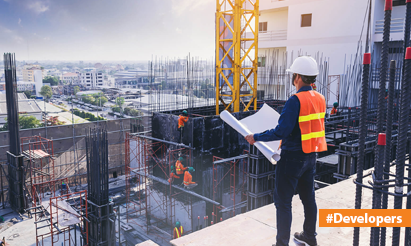Labor Shortages in Construction: A Profitability Wake-Up Call for Builders!
Labour shortages can indeed have a significant impact on the profitability of builders and construction companies. When there is a shortage of skilled labor in the construction industry, it becomes more challenging for builders to complete projects on time and within budget.
Here are some ways in which labour shortages can affect builder profitability:
- Increased labor costs: With a limited supply of skilled workers, the wages and salaries of construction workers tend to rise. Builders may have to pay higher wages to attract and retain qualified workers, which can increase labor costs significantly.
- Project delays: When there is a shortage of skilled labor, builders may struggle to find enough workers to meet project timelines. Delays in completing projects can lead to increased overhead costs, penalties for late delivery, and potential loss of business opportunities.
- Reduced productivity: Labor shortages can result in decreased productivity on construction sites. Builders may have to allocate workers to multiple projects or rely on less-experienced personnel, which can impact the quality and efficiency of the work. This, in turn, may require additional time and resources to rectify any mistakes or rework.
- Increased competition for labor: When there is a scarcity of skilled workers, builders have to compete with other companies for the available workforce. This increased competition can drive up labor costs further, as builders may need to offer higher wages, benefits, or incentives to attract and retain skilled workers.
- Higher subcontractor costs: Builders often rely on subcontractors for specialized tasks or specific trades. In a labor shortage scenario, subcontractors may also face challenges in sourcing skilled labor, leading to higher subcontracting costs or difficulties in finding subcontractors available for the required work.
To mitigate the impact of labor shortages on profitability, builders can explore various strategies. These may include investing in training and development programs to upskill existing workers, improving labor productivity through the use of technology and innovation, collaborating with educational institutions to attract new talent, and adopting more efficient project management practices to optimize resource allocation.
It’s important to note that labor shortages can vary across regions and may be influenced by factors such as economic conditions, immigration policies, and demographic trends. Builders should stay informed about the labor market dynamics in their specific areas and adapt their strategies accordingly to navigate the challenges posed by labor shortages.
Disclaimer: The views expressed above are for informational purposes only based on industry reports and related news stories. PropertyPistol does not guarantee the accuracy, completeness, or reliability of the information and shall not be held responsible for any action taken based on the published information.





Great article! Your insights on this topic are both informative and well-articulated. I appreciate the depth of research you’ve put into this post. Keep up the excellent work!